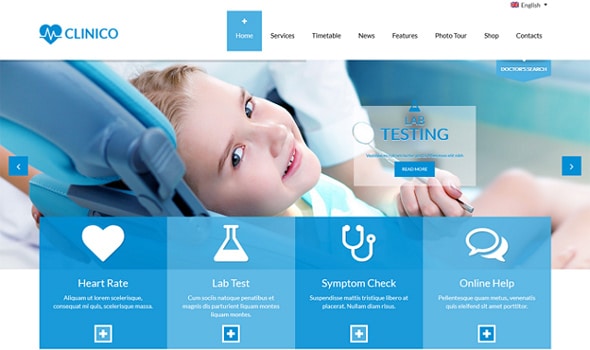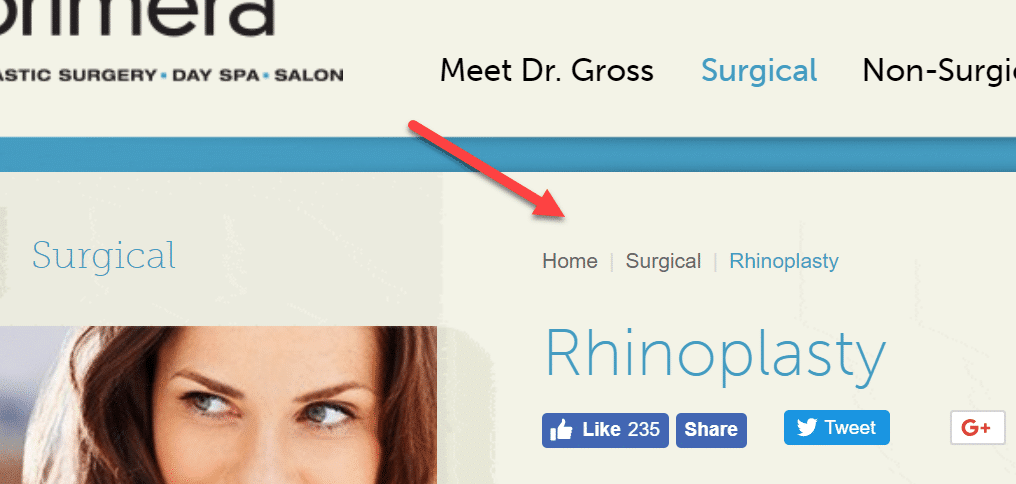Structuring Your Medical Website for SEO & UX
Your typical one size fits all medical website is no longer going to cut it. Site visitors have become accustomed to getting what they want when they need it, knowing where they are on a website at all times, and being able to communicate with your business the way they want to.

Why should you consider improving your website structure? (also referred to as “information architecture”)
1: Google. Make it easier for Google to understand what your site content is about and why they should choose you as the best option in the search results. It also reduces your chances of being dramatically affected by a Google Update like “Medic”. (Medic Update affected many medical related sites about health and wellness).
2: User Experience or UX. The better your site is for the visitor, the longer they will stay, the better your chance of that person contacting you and Google will inadvertently see people staying on your site longer and use that as a ranking factor!
Persona Focused Content
Let’s say that you’re a plastic surgeon. Who would be coming to your site and why? Are you getting that person to the right spot on your site in the most efficient manner? As an example, a potential patient who may need work done on their face and comes across your site organically via a Google search. Do you have a logical way them to find your expertise in the facial area?
I recommend using hub pages. Hub or “pillar pages” are long form pages that act as a main stopping point for your searcher. In this example, we would want to have separate hub pages for parts of the body that the patient would potentially need work done on. In the sample site below, they have done it for Surgical and Non-Surgical but it could and should be narrowed down more (and add more content to those pages). Of course, the data speaks for itself. I’d love to get my hands on the Google Analytics / Search Console accounts for this domain!
See the navigation below. There is a place for people focusing on Facial. Alternatively, this Doctor could have also narrowed it down in a SEPARATE section on the navigation by body part so the searcher could have easily gone right to the Facial Surgery page.

No matter your type of practice, you’ll want to map out the thought process of the searcher for your service. Are they going to start with a disease, or a symptom or a body party? You’ll then want to map that flow out on your site so it matches the intent of your patients.
Navigational Breadcrumbs & Logical URL Structure
Let users know where they are on your medical website at any given moment. Maybe they have gone down the wrong path or they want to just quickly see where they are. In the image below, you can see how I know where I am on the site and that I can click to go back to a specific spot.

Having neatly defined sub-folders for the sections on your site that are hub pages or related also helps improve UX and gives Google a better understand of what your site is about. For example similar to what we have already mentioned above, if you have a Faces section on your plastic surgery site. You’ll want to have a doctorjones.com/FACES page and then add additional sub-folders below that like /face/rhinoplasty or /faces/facelift etc etc. Google also really likes and appreciates this tactic and may even reward you with some improved rankings.
For more info on how medical website structural changes can affect your SEO, contact us today!

Dustin DeTorres is the CEO of DeTorres Group, a B2B Lead Generation & digital marketing agency & Badass Insurance Leads, a life insurance leads provider. To learn more about Dustin DeTorres, click here or visit Badass Insurance Leads here.







Leave A Comment